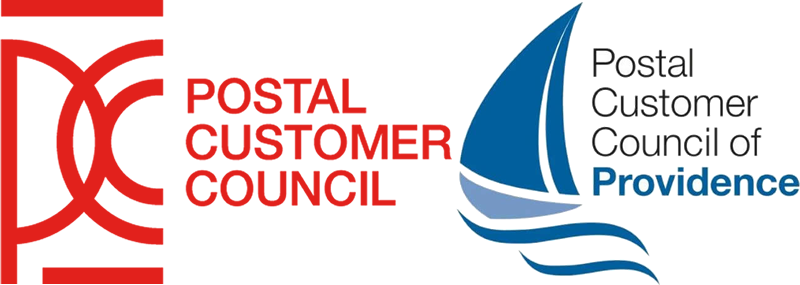J. C. Penney’s recent announcement that it is resurrecting its print catalog reflects a trend of retailers returning to the print medium as an important sales and marketing tool.
While Bloomingdale’s and Saks Fifth Avenue have been mailing catalogs for years, now specialty retailers are picking up the tactic. Some, like Anthropologie, are launching new catalogs, while J.Crew and Restoration Hardware have significantly upgraded their catalogs in the past couple of years. Even digital retailers such as Bonobos, the menswear retailer, and Birchbox, the beauty subscription service, have started mailing catalogs. According to the Direct Marketing Association (DMA), catalog mailings grew in 2013 to 11.9 billion.
The last time companies showed so much interest in catalogs was in 2007, when catalog mailings peaked. In that year alone, a DMA study showed 59% of multichannel marketers had increased their catalog circulation from the year before. J.C. Penney’s catalog distribution had swelled to 70 different mailings, in addition to its annual 1,000+ page “Big Book.”
But then the Great Recession hit, and retailers looking to trim their expenditures cut catalog budgets. With the concurrent rise in online sales and marketing, print media seemed like a waste. Although some holdouts remained (notably, Patagonia and Brookstone), catalog circulation continued to decline for the next several years. According to the DMA, in 2012 mailings dropped to its lowest level since it began collecting annual data in 2001.
The recent resurgence in the popularity of catalogs raises questions about their value and long-term viability. Is the latest rebirth of the catalog merely a reflection of the Great Recession’s conclusion? Will they once again fall out of fashion at the first sign of softness in the market?
Given the new dynamics of multichannel marketing and commerce, as well as the new targeting and measurement capabilities of catalog marketing, I think catalogs are here to stay this time.
Multi-channel shopping and buying is on the rise, and retailers know that customers who use more than one of their channels are usually the most valuable. In fact, Nordstrom reports that customers who have a multi-channel relationship with the brand spend four times as much as those who do not. Bonobos shares similar results, with Craig Elbert, vice president of marketing, reporting that 20% of the website’s first-time customers are placing their orders after having received a catalog and are spending one and a half times as much as new shoppers who didn’t receive a catalog first.
Catalogs are also uniquely designed to help marketing departments fulfill their objectives. Marketers are increasingly challenged to produce a specific return on investment for efforts. The effect of a broadcast spot or social media campaign on sales may be hard to pin down, but catalogs — with their definitive mail dates and customer and source codes — are easier to track. Targeting with catalogs is also much easier now, thanks to huge industry databases containing all sorts of information on millions of households. And thanks to online purchasing, many retailers have amassed their own customer databases that can be synced up with them. This combination gets the right catalogs into the right hands.
What’s more, new production and printing capabilities in print media have taken the cost and complexity out of versioning — the industry term for tailoring different versions of a catalog to different customer segments. Outdoor and apparel retailer L.L.Bean says it is experimenting with the page count of the catalogs it sends to regular website shoppers. Steve Fuller, chief marketing officer, explains that instead of sending every customer his brand’s largest book, he looks for frequent website visitors and asks, “Can I only send her 50 pages, or 20, as a reminder of, ‘Oh, I’ve got to go to the website’?”
Retailers have also discovered that catalogs can be used for high-quality content marketing. High-touch print pieces filled with stories, fashion show images, profiles of celebrity endorsers and designers, and room layouts have proven to be excellent ways to convey a brand ethos and express a brand personality. For instance, Williams Sonoma has started including recipes in its catalogs, next to the products consumers need to cook them. And Restoration Hardware has elevated brand-building through catalogs to an art form. Its 2014 annual catalog was actually comprised of up to 13 “sourcebooks” with more than 3,300 pages of luxurious photography, profiles of designers and craftsmen, inspirational stories — and yes, products for sale. The extravagant catalog is part of the company’s effort of “becoming a brand worthy of loving,” as chairman and CEO Gary Friedman explains. ”We believe what we are doing is moving beyond an intellectual connection to an emotional one. We are beginning to express those things we deeply believe in a way you can see it.”
The need to engage customers at this higher level is unlikely to go away even if the economy takes another turn downward. In fact, as more products become more similar and as the Internet continues to provide increasing access to more products, print catalogs and their content will grow as means to differentiate brands and sustain existing customer relationships. Great brands integrate catalogs with email marketing, social media, and other tactics into a distinctive, memorable, and valuable brand experience for their customers.
Catalogs may seem old school, but their increased capabilities and the brand-building potential suggest they’ll remain a staple in retailers’ toolboxes – and consumers’ mailboxes.
Printed in The Harvard business review
